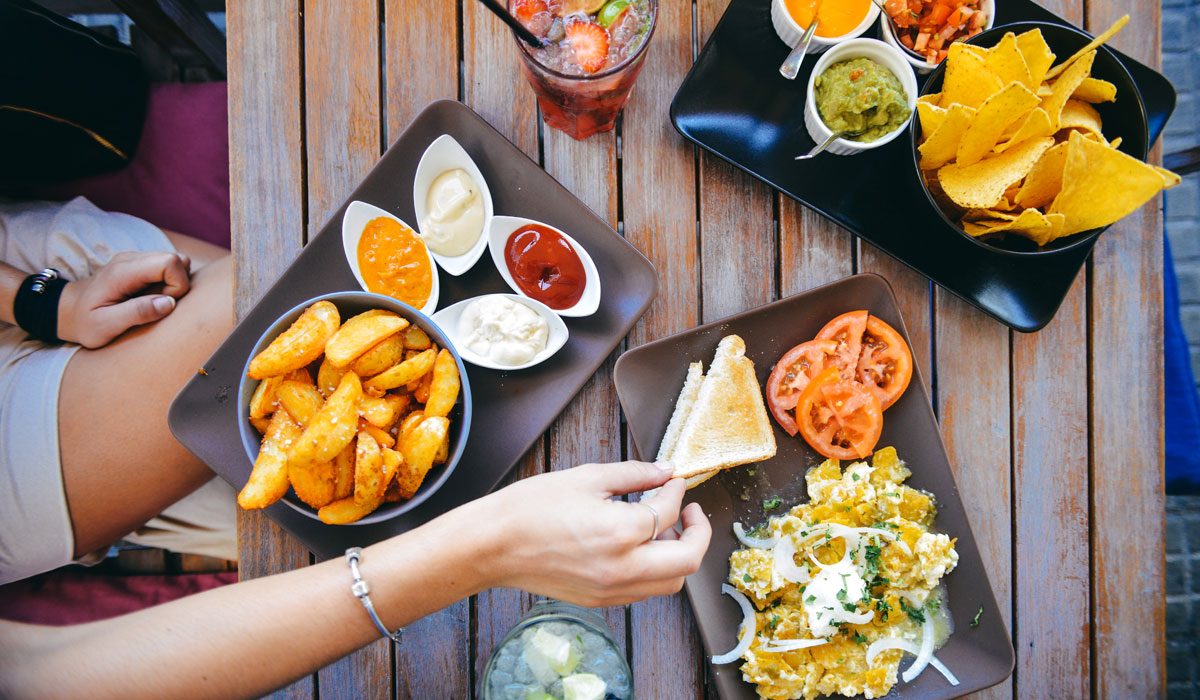During the first 15 years of the new millennium, fast casual was one of the food industry’s biggest success stories, experiencing 10 times the growth of fast food during the same period.
But, as is common after a new sector emerges then explodes, the aggressive pace of expansion has led to slowed growth, and restaurant owners now face the same challenge that their fast food brethren have dealt with for decades: finding new customers in a saturated market.
While many proprietors turn to marketing tactics like Groupon discounts to drive customer acquisition, this is rarely a long-term solution. The smarter move is to think smaller, because driving growth in repeat business is all about understanding the three different types of customers you need to reach.
1. Unknowns
In the same way it’s essentially impossible to build a relationship with someone if you don’t know their name, restaurants can’t expect to drive loyalty without understanding diners’ identities.
Many eateries make old-fashioned overtures at collecting customer identities. The “drop a card in the fishbowl” is a classic attempt at getting to know you. A more digital approach is requiring a name and email before you can get on the WiFi. But how much does this really say?
Building loyalty requires you turn an unknown customer into a known one. And just having a name doesn’t count. What really moves that needle is getting information about people’s history and behaviors. For example, were they a new customer? How much did you spend and on what? How many people were in their party?
Unknown customers occupy two parts of the fast-food funnel—those who have not yet visited, and those who have but are digitally invisible. The first can be incentivized to visit with a promotion via online or postal marketing. When you then have visitors, you should solicit their details, piecing all these parts together into a single, cohesive profile.
2. Knowns
One you’ve assembled a digital identity for your customer, they move from the “unknown” to “known”; you have a better picture of their habits and needs. Using that information, you can make offers that have a higher probability of bringing them back.
The more sources of information in the digital profile, the better. Think of all the different channels through which your customer interacts with you—email, phone, texts, social media, outcomes from previous marketing outreach.
Now couple them with actual purchase behavior … a history of previous orders, order value, date of purchase. Processing diners’ purchase proof alongside their contact records is essential to truly “knowing” a customer. Without linking to order outcomes, you can never know the effectiveness of an outreach. So it is essential that you can marry point-of-sale data with behavioral data.
When these are put to use, you get a virtuous circle—the more you know, the more likely you are to make diners offers they cannot refuse.
3. Brand loyalists
When you have incentivized your customers into a loyalty program allied to a system that knows them inside-out, you can turn on the knowledge faucet.
The key to loyalty is understanding customer behaviors, and each can exhibit a different motivation. For some brands, it may be a simple loyalty-based scheme; for others, customers may accrue points based on their spending level. For my son, who has a favorite yogurt store, he is constantly calculating how many points he needs to unlock his next dessert.
Although it is important to know customers’ spending tolerance, loyalty programs can even be used to glean this information. For example, start by sending customers your cheapest deal; then over time, ratchet up the value of your offer. Eventually, this offer funnel—linked to spending data from customers who were motivated to go in-store—allows you to calibrate a threshold of pricepoint receptiveness for each of your customers.
The best way to score brand loyalists is with a three-point plan—how recent, frequency and average spend. How recent is relative—a daily coffee buyer is the same as a monthly restaurant diner, for example. But we know brand loyalists visit more frequently, spend more and are more likely to refer their friends.
Conclusion
Fast-casual eateries won’t build their way out of the slow-down by burying their head in endless new-customer-development initiatives.
Just as in the kitchen, proprietors should make the most out of the ingredients they already have. The best outcomes come from the skill and tools used to put them all together, making something exquisite that is greater than that is greater than the sum of its parts.
The recipe involves carefully whipping “unknowns” to “knowns”, before adding a pinch of data magic that transforms them into brand loyalists. As with all food, you need to use the best ingredients and the right tools. Can your marketing provider help you move between these stages, how will you know if you are getting good results?
The proof of the pudding is in the eating.













